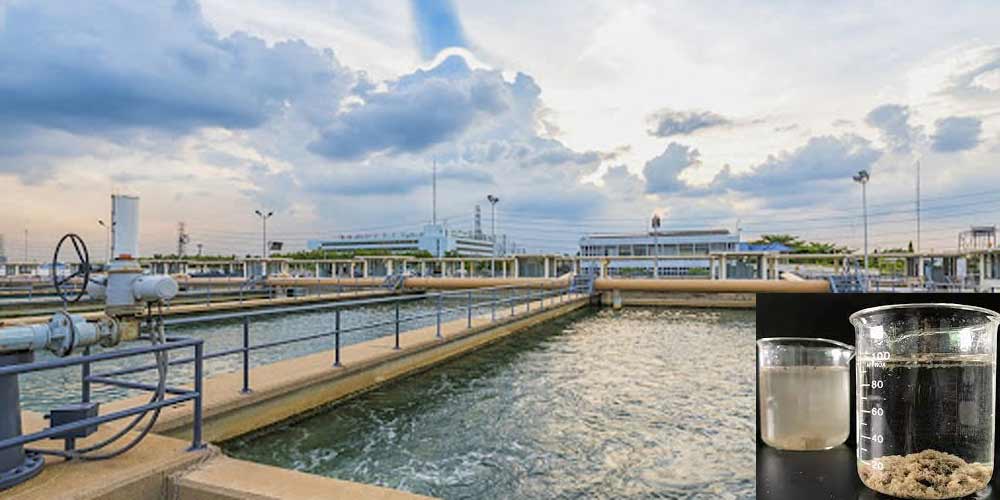Flocculation is a process employed in various industries, especially in water treatment and wastewater treatment, to aggregate suspended particles and colloids into larger floc particles. This facilitates their removal through sedimentation or filtration. The chemical agents used for flocculation are known as flocculants. One of the most common and widely used flocculants is polyacrylamide.
Polyacrylamide is a polymer synthesized from acrylamide monomers. It exists in various forms, including anionic, cationic, and non-ionic, each with specific applications. The choice of polyacrylamide type depends on the nature of the particles in the water and the desired outcome of the flocculation process.
Anionic polyacrylamide is negatively charged and is often used in the treatment of wastewater containing positively charged particles such as clay and organic matter. Cationic polyacrylamide, on the other hand, is positively charged and is effective for treating water with negatively charged particles like suspended solids and sludge. Non-ionic polyacrylamide has no charge and is suitable for the flocculation of a wide range of particles.
Polyacrylamide flocculants function by adsorbing onto the surface of the particles, forming bridges between them, and creating larger aggregates. The resulting flocs are easier to settle or filter out of the water. Polyacrylamide is preferred for its high molecular weight, which enhances its bridging and flocculating abilities.
Apart from polyacrylamide, other chemicals are also used for flocculation, depending on the specific needs of the treatment process. Inorganic flocculants, such as Aluminum Sulfate (alum) and ferric chloride, are commonly employed in water treatment. These chemicals form metal hydroxide flocs when added to water, aiding in the removal of suspended particles.
Alum, in particular, has been widely used for water clarification for many years. When added to water, alum undergoes hydrolysis, forming aluminum hydroxide flocs that trap impurities. The flocs can then settle, and the clarified water can be separated from the sediment.
Flocculation is a critical step in water treatment processes, ensuring the removal of impurities and producing clean water. The choice of flocculant depends on factors such as the characteristics of the water to be treated, the type of particles present, and the desired treatment outcome. Polyacrylamide and other flocculants play a vital role in enhancing the efficiency of water and wastewater treatment systems, contributing to the provision of safe and potable water for various purposes.
Post time: Feb-26-2024


